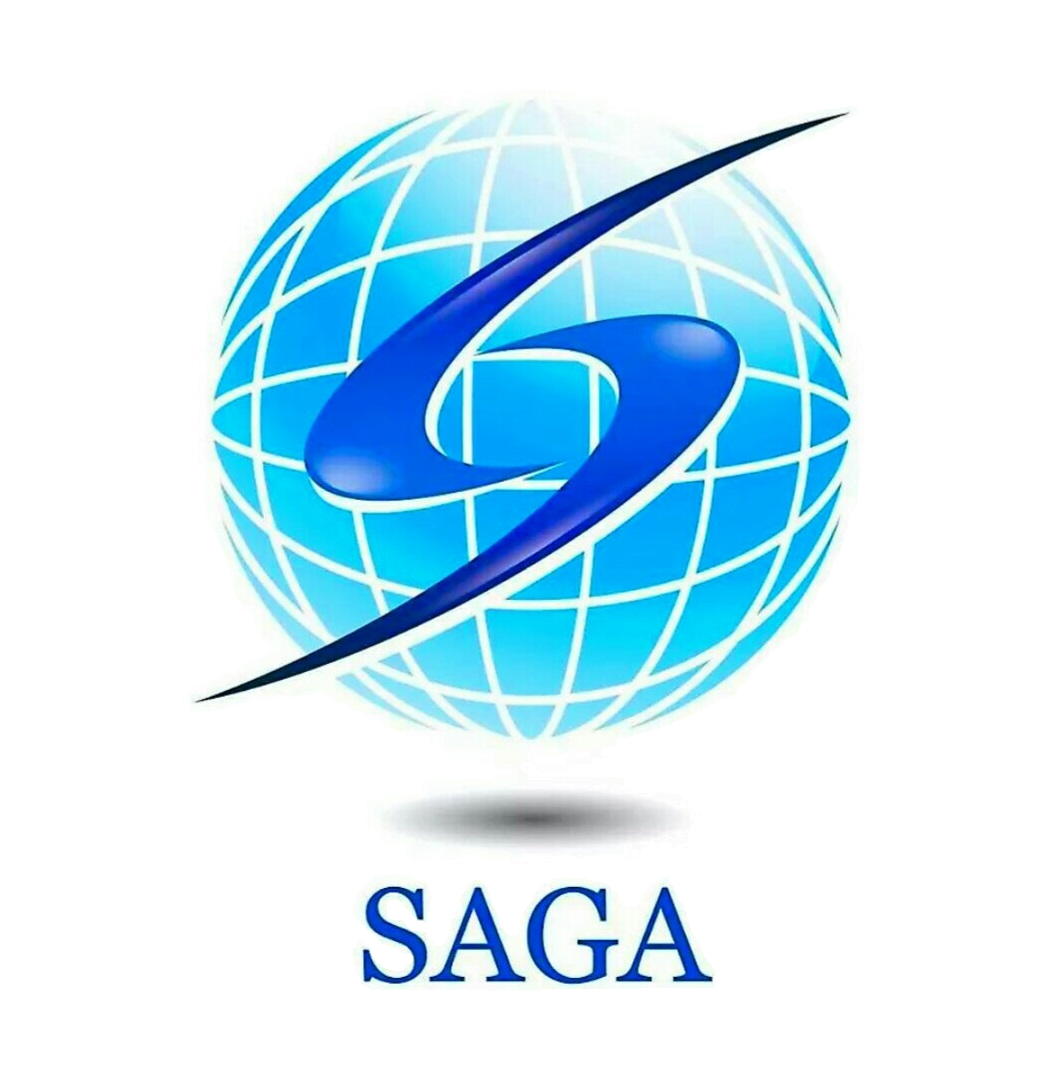Approved investment spikes in April with oil and gas projects
Approved Foreign Direct Investment approvals jumped in April on the back of significant declared investment in the oil and gas industry, according to statistics.
A total of US$2.2 billion worth of declared investments were approved in April, with more than $2 billion of that from the oil and gas sector. The government has targeted $6 billion in FDI for the current fiscal year, after reaching $8 billion in 2014-15 and about $4 billion for 2013-14.
“This fiscal year, FDI will flow in, more than last year,” said Myanmar Investment Commission secretary U Aung Naing Oo. “We can easily meet the target.”
The FDI figures represents investment that has been approved by the Myanmar Investment Commission, rather than actual investment, though the April. Experts say the figures are worth considering for long-term trends, but tend to be lumpy and move around quickly in the short term.
“Approval data is what private companies say they’re going to do. What they actually end up doing can be different than what say they will do,” said Peter Brimble, Myanmar principal country specialist at the Asian Development Bank.
Still, Mr Brimble said approvals do to an extent reflect investors’ interest, and is an important gauge when considered over time.
The latest figures for April indicate about $2 billion in oil and gas, with the rest in hotels and tourism, manufacturing, and other sectors.
The oil and gas figures come as a number of international energy firms have recently received Myanmar Investment Commission approval to move ahead with projects, as the winners of last year’s large offshore tender have mostly finished signing Production Sharing Contracts in the first few months of the calendar year.
Officials have been vocal toward inviting foreign investment to enter, for instance providing tax incentives to companies registering under the Foreign Investment Law.
U Aung Naing Oo said officials are preparing for the effects of increased foreign investment.
“At the same time the investment is coming in, we need to keep watch on rules and regulations,” he said.
Still, the sell is not always easy. Foreign companies must contend with shortages of skilled labour, poor transportation links and, for some, issues of compliance.
“FDI is flowing, but it is still difficult to compete with other countries,” said one businessman. “For instance, there is often not enough electricity to compete with regional competitors.”
Oil and gas has consistently been attracting some of the largest investments. In the fiscal year ending March 31, oil and gas comprised $3.2 billion of the $8.1 billion total, followed by transportation and communications at $1.7 billion and manufacturing at $1.5 billion. Myanmar received $54.2 billion in foreign direct investment from 895 permitted companies from 38 countries from 1988-2015.
China is the top investor in Myanmar, with 74 Chinese enterprises having invested $14.8 billion during the period. However, its figures have recently decline.
The second-overall source of investment from 1988 to 2015 is Thailand, with $10.3 billion, and Singapore with $10 billion.
(Quote from Myanmar times online website on 26 May 2015)
